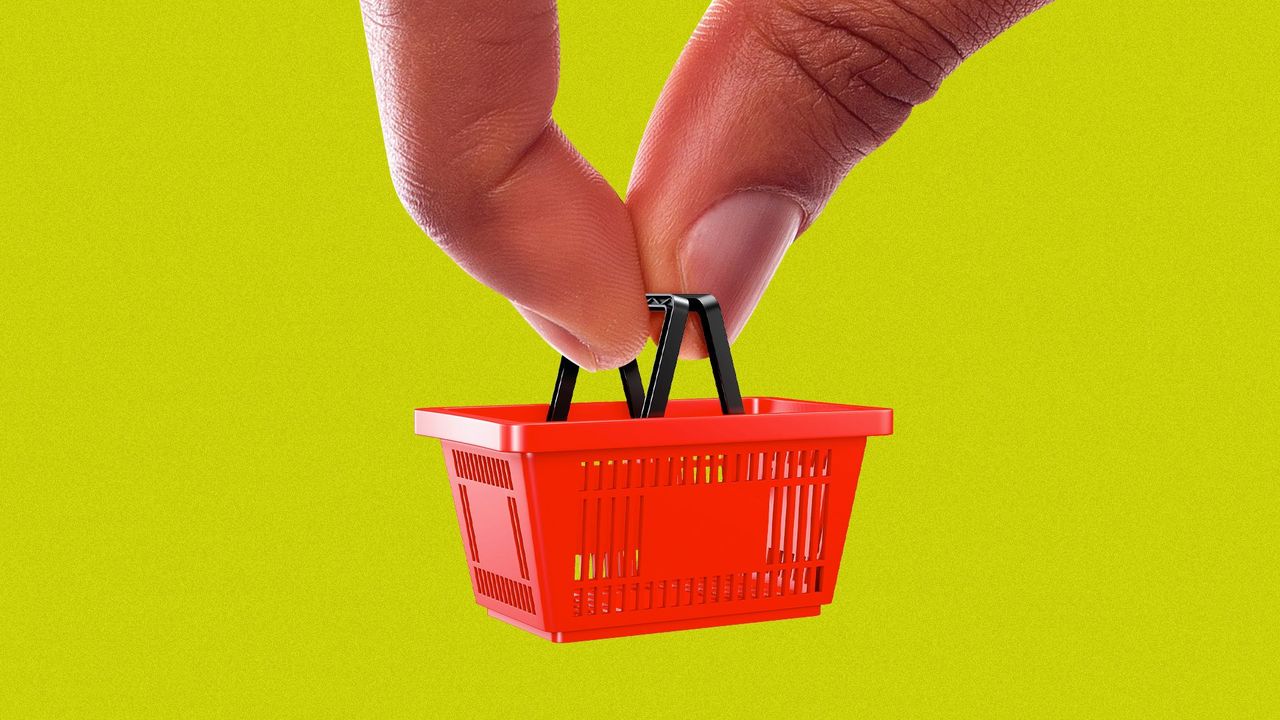
[ad_1]

The endless aisle of options at the store is shrinking as brands cut inventory, focusing on bestsellers to boost their profits.
Why it matters: It’s a reversal from the trend of giving consumers unlimited choices — and experts tell Axios the switch could reduce shopping stress while driving sales.
The big picture: Some products started disappearing in the early days of the pandemic because of supply-chain bottlenecks. Now brands are continuing to slash assortment to get rid of unprofitable items and make room for the next “new” thing.
- Hasbro officials said Tuesday during an earnings call that the toy manufacturer eliminated about half of the brand’s products as part of a “fewer, bigger, better” philosophy.
- Dollar General is pruning options for products like mayonnaise, CEO Todd Vasos said in December, noting the “consumer is not going to know the difference” and it will “make her life a little simpler when she goes to the shelf.”
- Macy’s and Kohl’s have both pared down in-store offerings and are pushing more options online.
- Car manufacturers have also discontinued vehicles and limited color choices in recent years.
State of play: Economic pressures and inflation are part of why brands are cutting assortments, GlobalData managing director Neil Saunders told Axios.
- “With volumes down, retailers are trying to be more efficient. Part of that means cutting lines that don’t sell well,” he said.
- “I think in the average American grocery store, we’ve probably been suffering a bit under the weight of these large assortments,” Kelly Goldsmith, a marketing professor at Vanderbilt University, told Axios.
Yes, but: Trimming options can help consumers since too much choice causes “decision paralysis” and “choice overload.”
- Goldsmith, who studies consumer behavior, said when stores have piles of products that are difficult to sort through it “gives an inference that it’s a lower quality retailer.”
- “Sometimes more is just more, and it gets confusing and overwhelming,” said Rae Guimond, director of strategy and business development at commerce platform PriceSpider.
Be smart: While major national brands are reducing products, retailers have expanded their store-owned private brands, which often are more budget-friendly.
- Sales of store-owned brand products globally grew 4.7% in 2023 to $236.3 billion while national brands grew 3.4% year-over-year, according to the Private Label Manufacturers Association.
More from Axios:
- Low-sugar Greek yogurt sales are booming in the Ozempic era
- Target launching “dealworthy” brand with focus on basics
- Carnival to add new 180,000-ton cruise ship in 2027
[ad_2]
Source link